14,5 liters of vodka, 100 miles in a carriage, a pound of coffee that you could buy on the ruble in different eras
By Pictolic https://pictolic.com/article/145-liters-of-vodka-100-miles-in-a-carriage-a-pound-of-coffee-that-you-could-buy-on-the-ruble-in-different-eras.htmlThe Russian currency is in circulation for at least eight centuries — evidenced by the Novgorod birchbark documents. But, of course, the real value of the national currency and its appearance varied greatly from era to era. Let's find out that you can buy on the ruble in different historical periods.
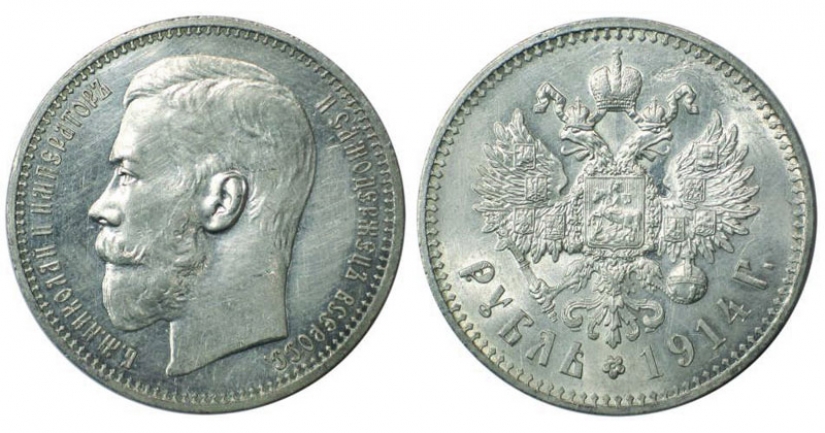
The motor trade
In the beginning of XIII century the Novgorod merchants used in the calculation of 200-gram silver bullion in the form of sticks, if necessary, sawing them in half. While the exterior of the ingots resembled a currency of Kievan Rus, the hryvnia, in Novgorod they were called rubles. Now the silver ingot of the same weight, worth more than ten thousand.
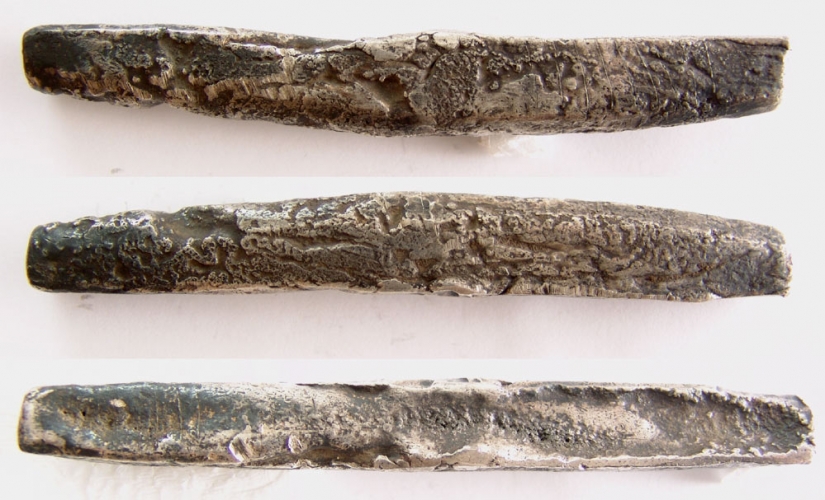 The number of products that you can buy on the ruble, dependent on yield. For example, the 1314 year has been hungry for Pskov: one ruble were released about 9.5 liters of rye (in Russia bulk commodities sold by volume, not weight). In Novgorod the prices were almost twice lower for the same ruble has already produced more than 15 litres of rye.
The number of products that you can buy on the ruble, dependent on yield. For example, the 1314 year has been hungry for Pskov: one ruble were released about 9.5 liters of rye (in Russia bulk commodities sold by volume, not weight). In Novgorod the prices were almost twice lower for the same ruble has already produced more than 15 litres of rye.
Of course, the market traded and the finished bread. In the XIV century baked loaf on the Novgorod market was worth about 15 cents. That is, the ruble could buy six covrig and receive ten cents (about 20 grams of silver) back.
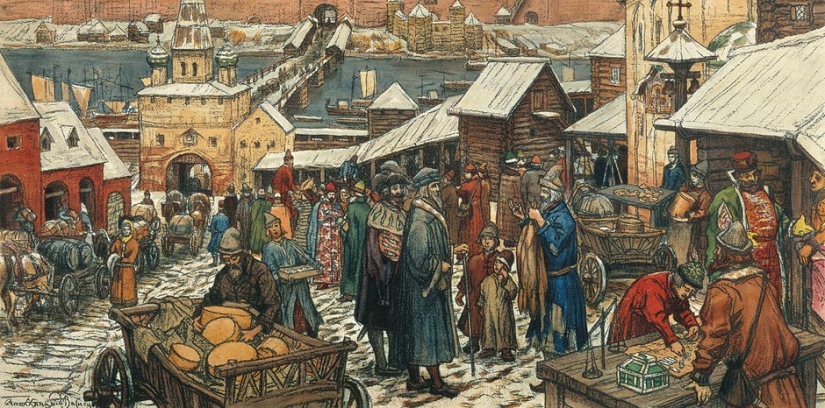
Apollinaris Mikhailovich Vasnetsov — Novgorod bargaining
Wholesale trade
In the XVII century the Russians (those who could afford it) tried to purchase products in wholesale quantities to suffice for the year. And not only to escape from hunger: crop failure in the price of products increased and a part of the reserves can be profitable to sell.
In those years, four pounds of rye flour (one pood — 16.3 kg) was worth about 30 cents, which means that for one ruble you were immediately weighed 218 pounds. Butter was much more expensive at 60 cents per peck. So, on the ruble gave 27.3 per kilogram of oil. The same price cost the three major sturgeon or four year old bull.
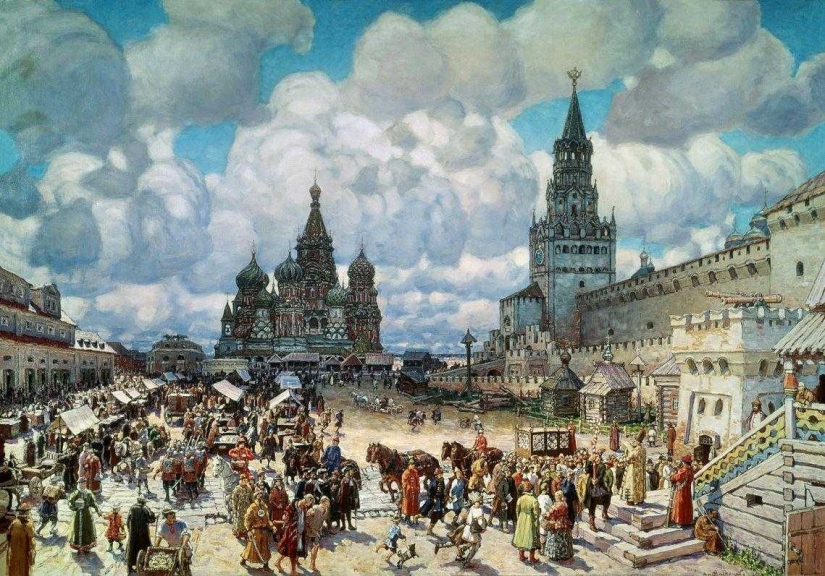
Apollinary Vasnetsov — the Red square in the 2nd half of the XVII century (1925)
In the same ruble stacked wishing to dress up. The sheepskin coat was worth 30 cents, and sable skins — 70 cents. Shirts were sold for ten cents, the boots (depending on quality) from 25 to 50 cents a pair. Cap on his head six to eight cents.
Inflation in the era of Catherine II and after
In 1760 a pound of bread cost 86 cents for a ruble weighed almost 19 pounds. But just 13 years later for the same money gave only 7.5 kilograms of bread, and after 15 years of just 2.3 pounds.
At the beginning of the reign of Catherine the great on the ruble could be good to drink a bucket of vodka with a volume of 12.3 liters cost 85 cents, which means that the ruble poured 14,5 liters. However, later the price of vodka has grown in the same way as the grain.
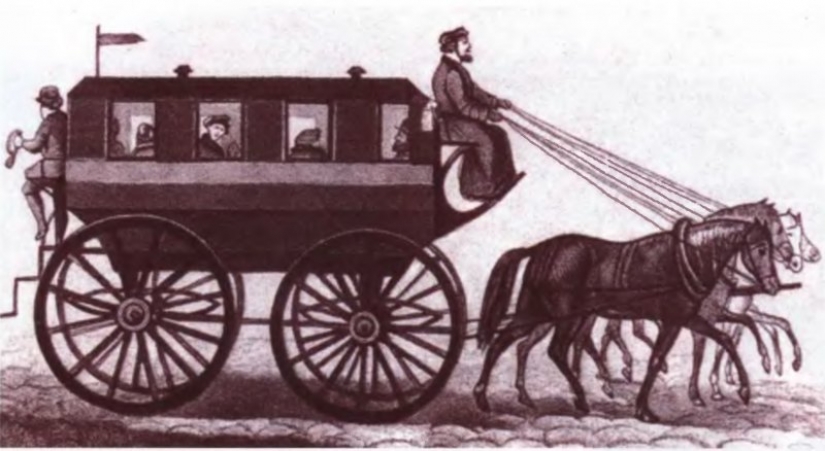
Stagecoach on the St. Petersburg-Moscow highway.
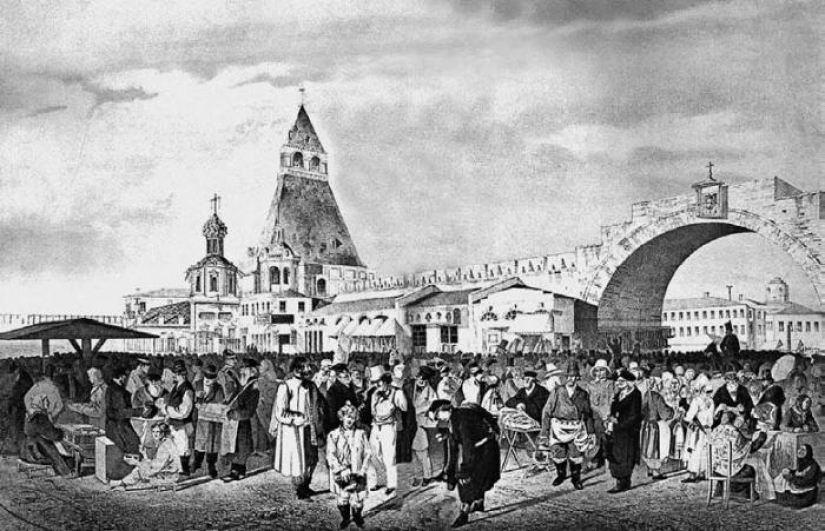
Tolkuchy market in Moscow on Lubyanka square.
Fed the end of an era
The first years of the twentieth century until the beginning of the First world war historians consider to be the best in the history of pre-revolutionary Russia. Inflation is almost not there, and the prices allowed almost every family to eat the way I want, not how it is.
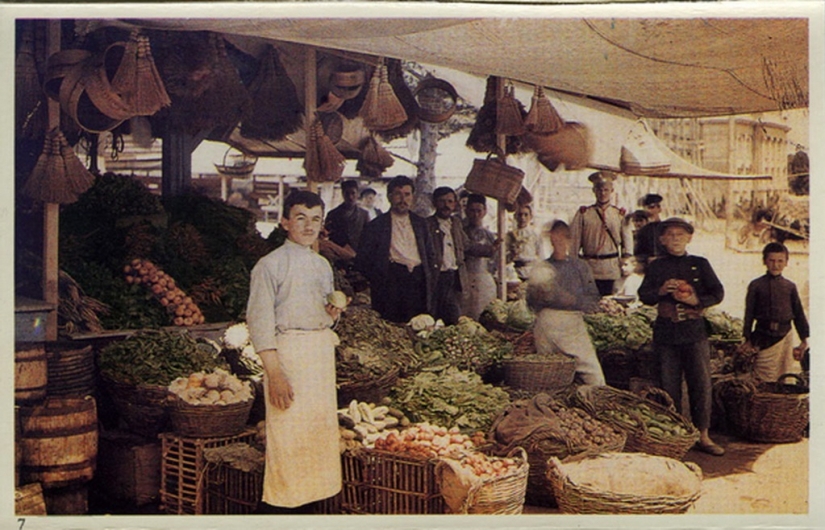
Spending a ruble, they could return home with five pounds of pasta or take a pound coffee beans. Two dozen eggs or two kg of cottage cheese — also a ruble.
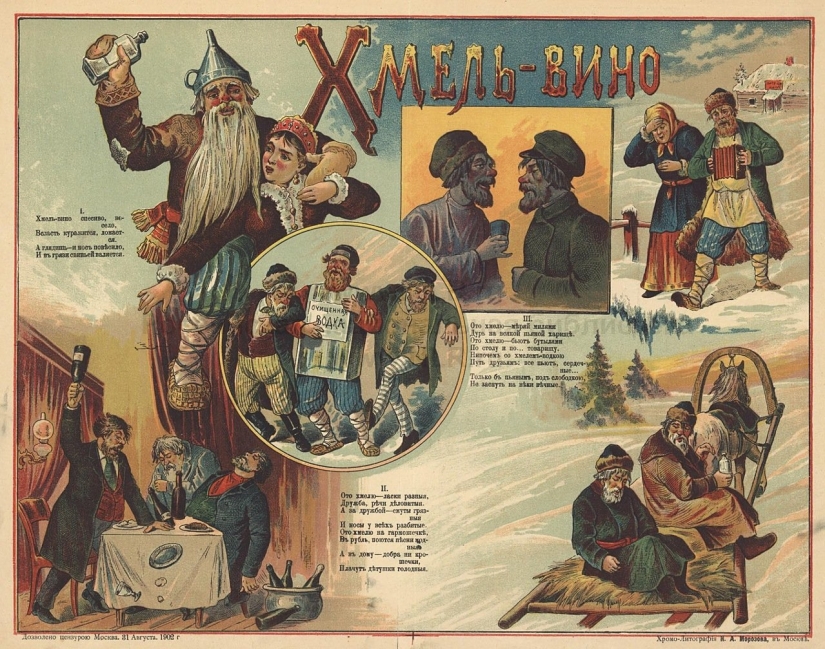
Although smartphones in those years was not, for the money it is possible to communicate with relatives or friends in the distance. For the ruble it was possible to send 20 words by Telegraph, 25 emails, or talk for two minutes on the phone.
Keywords: Currency | Money | Pre-revolutionary era | The ruble
Post News ArticleRecent articles

There is never enough space in a child's room. You know, you need a bed, the closet is literally bursting with things, and you ...

Armenian artist Artush Voskanyan paints in the style of mannerism and calls the Italian painter of the XVI century Giuseppe ...
Related articles
Fans are ready for anything to get in memory of anything from the shooting of my favorite movie — from a handkerchief main ...

Did you know that the famous Latin phrase "money does not smell", pronounced by the Roman Emperor Vespasian, has a direct ...

We all know and love the photos of Sergei Prokudin-Gorsky. Color frames of tsarist Russia are a unique asset. But there is another ...

In our days, the friendship with the ex-partners is normal, civilized and progressive. In this article we are told in journals and ...